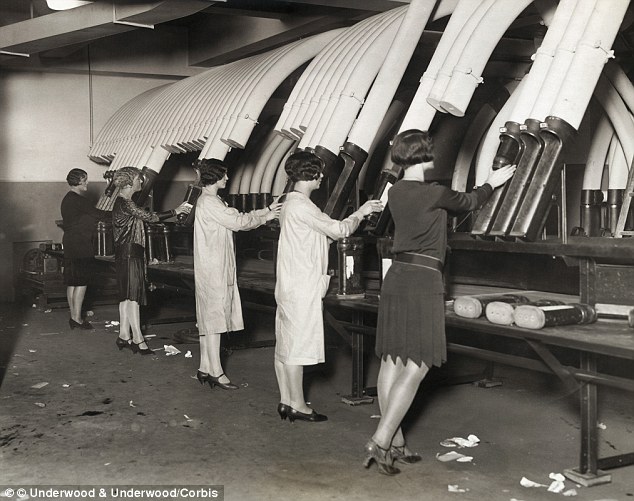By Anupum Pant
Inherently, the telegraph system had a short coming. Messages had to be transcribed into text and the then the messages ultimately had to be delivered by hand. And like any form of communication, a time had come for telegraph too. It was no longer fast enough.
Then in big cities like London, Boston, New York City, Philadelphia, Chicago, and Saint Louis a new system of sending across messages started to develop, somewhere in the 1890s. This was the pneumatic tube mail.
The system consisted a network of several miles of subterranean pipelines which were big enough to carry a cylindrical box full of physical messages across the city. The canisters could travel at about 35 miles per hour with the help of compressed air. It was fast. But then it was an expensive way of communication too.
Nevertheless, it had become a full blown emergency system to carry mail in the aforementioned large cities. This sounded like medivial sci-fi or something taken off a cartoon series. I had no idea these things were real, until today.
In fact, the system was pretty successful. It was used in New York till even the 50s. In Paris the system was used until the 80s!
For further reading – [Source 1] [Source 2]
Even today, much advanced cousins of this system are being used in a wide range of workplaces like hospitals, supermarkets and banks.
Hospital installations are not just pipes from A to B, but networks with junctions and computer-controlled switches. Some are vast: Stanford Hospital in California has 124 stations…
The major advantage of using these in a hospital for instance, is that the canisters, besides just physical letters, can also carry various other objects like blood samples, specimens, medicines etc. Following is a video explaining the Stanford hospital’s pneumatic mail system…
Thanks to the relatively new developments in extreme sports videography, we can have a first person view of these canisters while they are travelling through one of these tubes.
